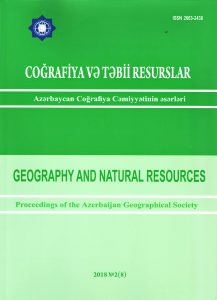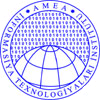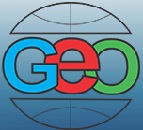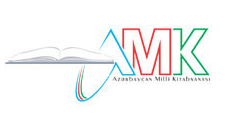BEGINNING OF ACTIVITY OF REGIOMONTANUSSome European scientists of the MiddleAges showed vigilance and suspiciousness for everything occurring in the east. But there were people seeking to estimate really historical processes and to reflect the valid state of affairs in the books among them.
Professor S. Klatsko Ryndziun wrote:“Manuscripts of Al-Horezmi and Avicenna (Abu Ali Ibn Sina – R. D.) were translated from Arabic into Latin in the 12-13thcenturies before being on the tables of Albert Magnus and Foma Akvinsky– well-known figures of Sorbonne University in Paris. Some of the translations were carried out at the school of Jewish of the city of Toledo of the Kordovsky caliphate before 1085. European scientists often used works of Muslim scientists in order to learn most branches of the science. Nasiraddin Tusi’s scientific heritage also was discussed by scientists of the West. Astronomy and mathematics were developed highly in eastern countries and especially in Azerbaijan owing to Nasiraddin Tusi’s talent and works of most scientists were translated into Latin and Greek as they were interesting for European scientists. But some venturesome scientists translated works of eastern scientists and published them as their own works. Unfortunately, such events had happened for several times. Valuable cultural monuments and manuscripts were taken from the capital of the Byzantine Empire to the Apennine Peninsula when Sultan Mehmet approached Constantinople. As mostly Venetian seamen participated in this process, most of manuscripts were taken to Venice. Besides it, I want to mention that, there were historical documents, which proved that, there were relations between scientific centers of Constantinople and scientific centers of other cities including Maragha observatory. It has been proved that, scientists of the Byzantine Empire had investigated library of Maragha observatory. Besides it, several scientists came to Maragha and Tabriz from the Byzantine in XIV century and translated scientific works kept there from Arabic and Persian into Greek and Latin. I want to give some information about the German translator and scientist Regiomontanus (Johannes Muller) (1436-1476), who was considered great specialist of astronomy and mathematics in Europe. .jpg) Regiomontanus (Johannes Muller) (1436-1476)
He got his primary education in Leipzig and entered the University of Vienna, which was popular during that period, as was interested in astronomy and mathematics. At that time, astronomy was studied according to the tractate “Sphaera mundi” (“The sphere of the world”) written by the Englishman John Hollywood or Halifax (died in 1256), who once worked in the University of Paris and was known with the surname Sakrobosko. That tractate, which was taught in five weeks (four hours each week), consisted of elementary explanations of obvious results of daily rotation of the celestial sphere and was very popular during several centuries. After being published, the work became the first published manual of astronomy (1472), which was republished for 65 times during next two hundred years! Students learned to determine planets’ positions at different moments in accordance with the Alfonsine tables and commentaries of the Italian by name Gerardo Sabionet – “Theoretica planetarum” (“The theory on planets”), got elementary knowledge about algebra and elements of the theory of perspective. It was necessary to know astronomy at the level of the tractate of Sakrobosko and geometry at the level of Euclid’s “Beginning” for getting first bachelor degree after the preliminary faculty. Applicants for this degree should be able to determine positions of celestial bodies at a given moment, know five books of “Beginning”, theory of perspective and learn another tractate else, which should be chosen by the applicant. So, astronomical and mathematical preparation of students of the University of Vienna was higher than preparation of students of other universities. There Regiomontanus got acquainted with the young teacher by name Georg von Peuerbach (1423-1461), who lectured about astronomy and they became close friends. Peuerbach had spent several years (in 1448-1450 according to one source and in 1448-1450 according to another one) in Germany, France and Italy. He had got acquainted with well-known scientists Nicolay Kuzansky and Giovanni Biankini when he was in Italy. Peuerbach went down in the history as an astronomer, mathematician and teacher of Regiomontanus.  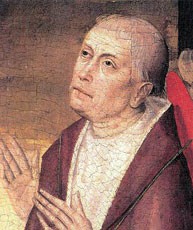 Giovanni Biankini (1410-1469) Nicolay Kuzansky (1401-1464)
The teacher taught Regiomontanus Greek as he was interested in astronomy and mathematics and wanted him to translate required works from Greek into Latin. Regiomontanus went to Rome and translated seven articles of Ptolemy’s “Almagest” there after Peuerbach died in 1461. 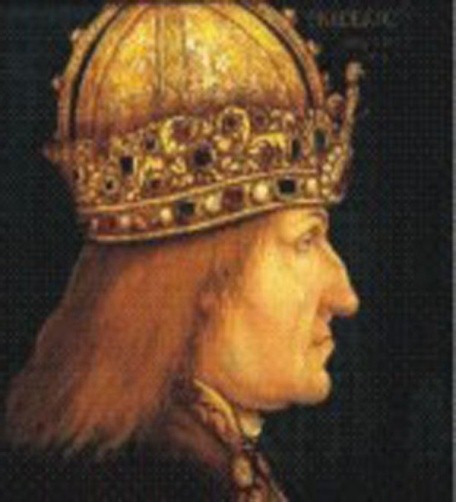 Georg von Peuerbach (1423-1461)
He went to Venetia in 1463, analyzed and copied old manuscripts kept there. Besides it, he took copies of old manuscripts kept in most libraries of Italy to Vienna in 1461-1468. 1 Vienna was mathematical center of Central Europe besides being residence of the emperor of Holy Rome Empire of the German Nation in the middle of XV century. Though the University of Vienna was the first university in German countries, it wasn’t the oldest university of Europe and is about 250 years “younger” than the University of Bologna established in 1119, 17 years “younger” than the University of Paris (1348) and a year “younger” than Krakovski’s University (1364). But that High School became one of the greatest educational institutions of Europe in hundred years – yearly student admission was about five hundred in 1450-1461 and about three thousand people studied at the university (one tenth of the population of Vienna, which was one of the greatest cities of Europe). The University of Vienna was becoming an important center of humanism. The Italian humanist and diplomatist Enea Silvio Piccolomini, who represented Vatican in the palace of Vienna, and the Pope Pius II (since 1458) played an important role in this process.  Pope Pius II (1405-1464)
(Continue of article: (“The top of Regiomontanus activities”) Best regards, the member of Azerbaijan Geographic Society, President grant holder on literature, laureate of the “Golden pen” award, writer/ investigator Ramiz Daniz email: [email protected], [email protected] 1 А. Берри. «Краткая история астрономии». 1946. стр. 84
 24505 24505 |
|








 AZ
AZ EN
EN RU
RU


